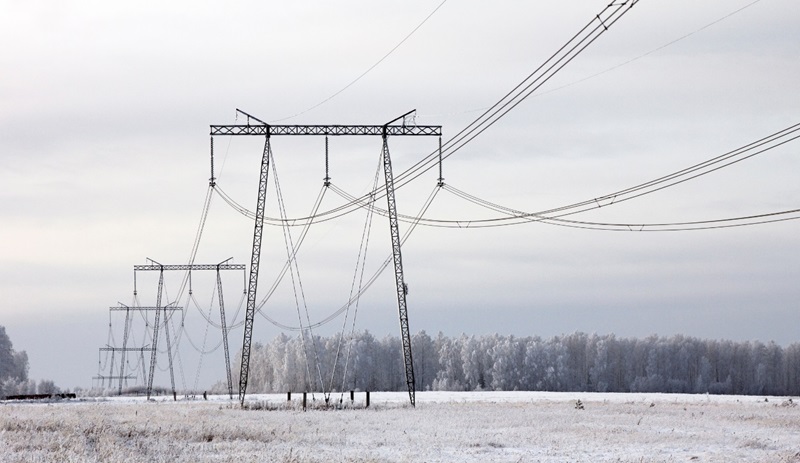While member-consumers experienced temperatures as low as 35 below zero in early January, their electric service remained dependable.
The region’s grid operator, MISO, implemented conservative operations Jan. 17-22, which required MISO members such as Great River Energy to delay non-essential maintenance. It also signaled that grid conditions may require special attention in the event of a demand spike or unplanned outage. With plenty of surplus capacity available, the MISO system experienced no emergencies despite the widespread cold.
“The transmission system fared well during the cold snap,” said Great River Energy System Operations Director Mark Peterson, who shared that the only sustained outage was due to a broken conductor on a neighboring utility’s transmission line that affected four member distribution substations.
Peterson said cold weather doesn’t typically cause too many transmission problems, but conductor breaks, low gas pressure in circuit breakers and low oil alarms do occur. Great River Energy specifies circuit breakers to be rated to 50 degrees below zero.

Across the MISO footprint, electricity demand reached 107 gigawatts (GW), exceeding its forecasted winter peak of 100 GW and nearing its all-time winter peak of 109 GW, set in 2014.
With natural gas needed for home heating and extreme prices for natural gas supply, Great River Energy offered its peaking plant resources into the MISO market using fuel oil. While dispatchable generation is critical to ensuring reliability, consumers’ energy needs during the event were largely supplied by baseload resources and remarkable output from wind resources.
“Our peakers were not called on to generate energy, but we earned revenue for being ready to run on short notice which provides MISO with standby reserves,” said Great River Energy Minnesota Generation Strategy Director Nathan Domyahn.
Great River Energy can offer plants as standby reserve resources because of their fuel security and ability to begin powering the grid in minutes.
Great River Energy’s wind resources are equipped with specialized equipment allowing them to generate at temperatures lower than 20 degrees below zero. This cold weather capability enabled wind resources to run at 50-60% capacity factor and provide significant energy for our members.
Demand response resources helped reduce energy purchases while market prices were elevated. Interruptible water heating and dual fuel programs were dispatched Jan. 19-22 for market benefit, while other programs were ready to respond to any changes in market conditions.
 " data-object-fit="cover">
" data-object-fit="cover">
 " data-object-fit="cover">
" data-object-fit="cover">